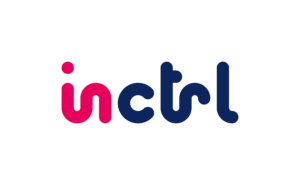The Gig Economy
What it is and How it's Changing the Workforce
May 8, 2023In recent years, the term “gig economy” has become increasingly popular, as more and more people are turning to short-term or freelance work instead of traditional employment. But what exactly is the gig economy, and what impact is it having on the workforce?
The gig economy refers to a labor market where temporary, flexible jobs are commonplace. Companies tend to hire independent contractors or freelancers on a project-by-project basis rather than hiring full-time employees. It’s a trend that has been fueled by the rise of digital platforms like Uber, Airbnb, TaskRabbit, and others that connect people with various jobs.
Flexibility
One of the key features of the gig economy is its flexibility. Workers can choose when and where they work, and they can often set their own rates. This has made it an attractive option for those who value work-life balance and want to have more control over their schedules.
While providing flexibility, the gig economy also presents challenges such as lack of benefits and job security. This leading to a race to the bottom in wages for workers competing for jobs.
The gig economy now
Despite these challenges, the gig economy shows no signs of slowing down. In fact, according to a report from the Freelancers Union, more than 57 million Americans are now freelancing, representing 35% of the U.S. workforce. Freelancing is not just a trend in the United States, but a growing phenomenon worldwide. In Romania, for example, a recent survey by the National Institute of Statistics (INS) showed that there are more than 2.1 million freelancers. They represent approximately 25% of the total active population in the labor market in the country, with the number expected to rise as more people seek the flexibility and autonomy of independent work. And with the COVID-19 pandemic forcing many businesses to adopt remote work, the gig economy has become an even more viable option for workers around the world.
So what does the future hold for the gig economy? While it’s impossible to predict with certainty, it’s likely that the trend towards temporary, flexible work will continue to grow. As technology continues to evolve and new platforms emerge, the gig economy will likely become even more diverse and dynamic, offering workers even more opportunities to earn a living outside of traditional employment.
Conclusion
In conclusion, the gig economy represents a major shift in the way people work and earn a living. While it has its challenges, it also offers a level of flexibility and freedom that many people value. As the gig economy continues to grow, it will be important for policymakers and businesses alike to ensure that workers are protected and that the benefits of this new type of economy are shared fairly. Ultimately, the gig economy offers the freedom and flexibility to create a career that fits your lifestyle, but it’s important to remember that life is not just about work. With the right work-life management strategies, you can achieve a healthy balance and live life on your own terms.
We understand the unique needs and challenges faced by those working in the gig economy. Our platform is designed to help freelancers and independent contractors manage their finances, streamline their workflows, and take their careers to the next level. With inctrl.ai by your side, you can thrive in the dynamic and ever-evolving world of the gig economy.


